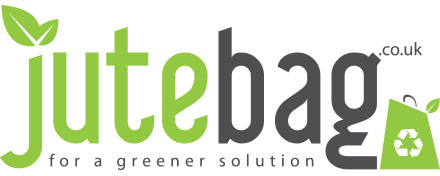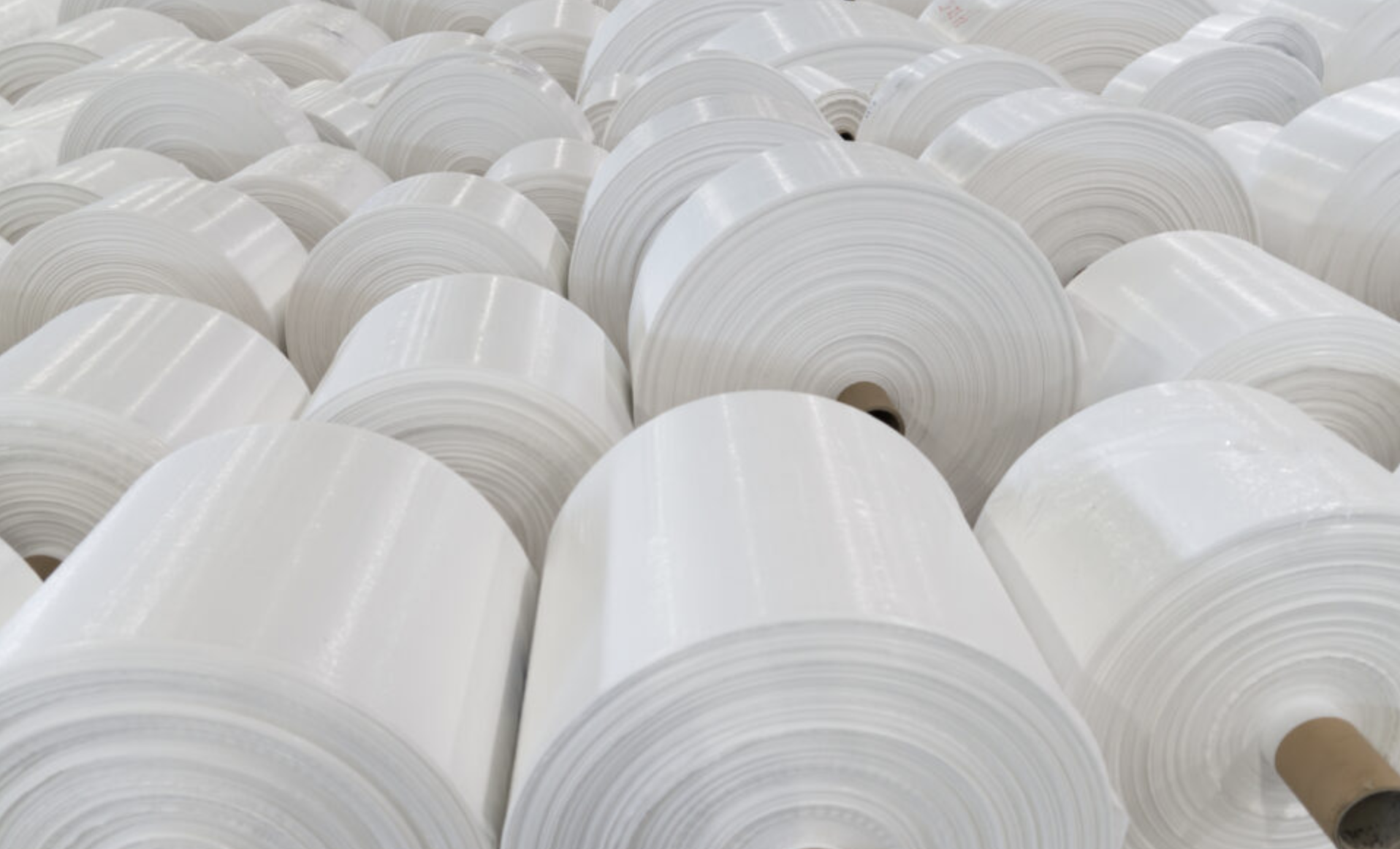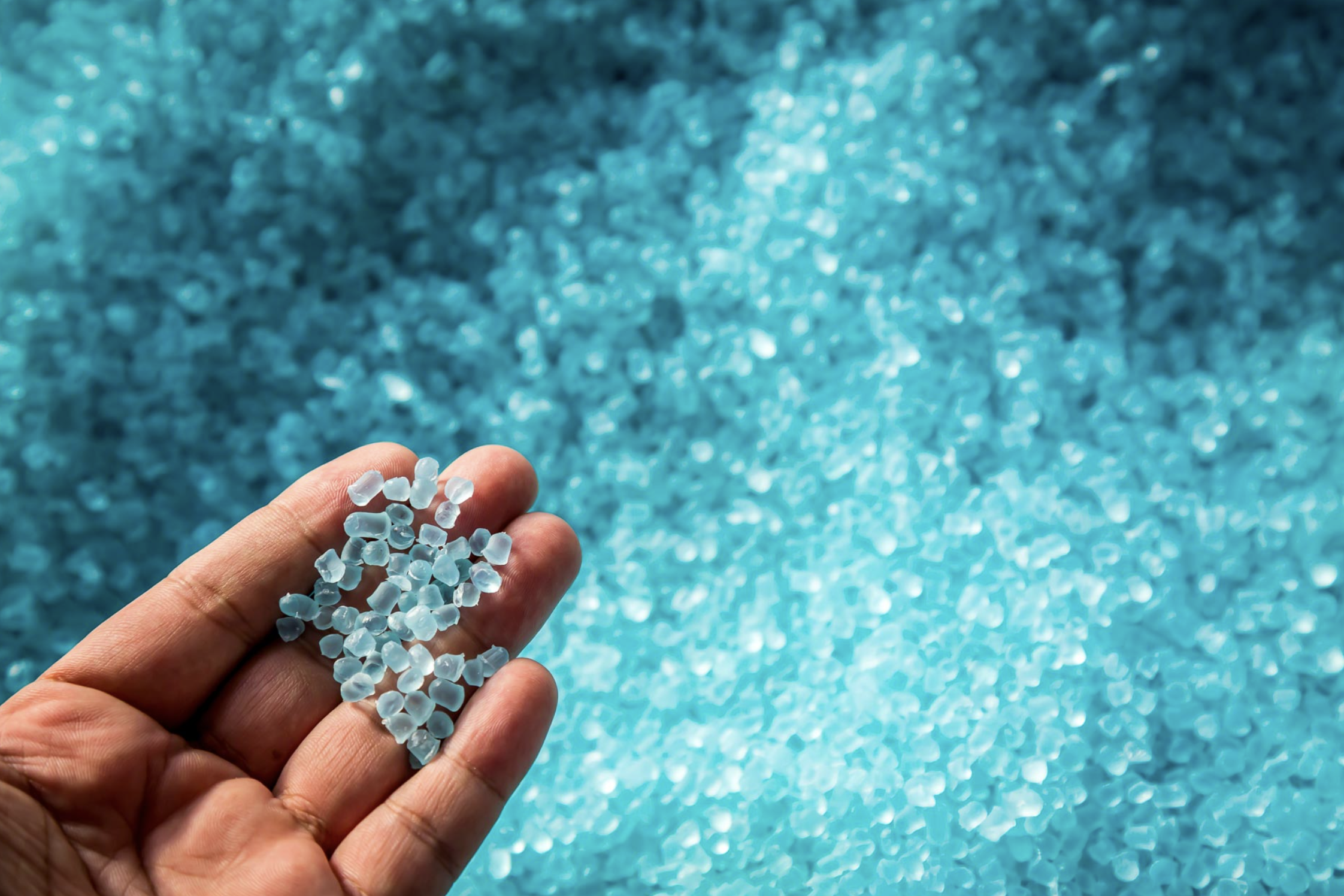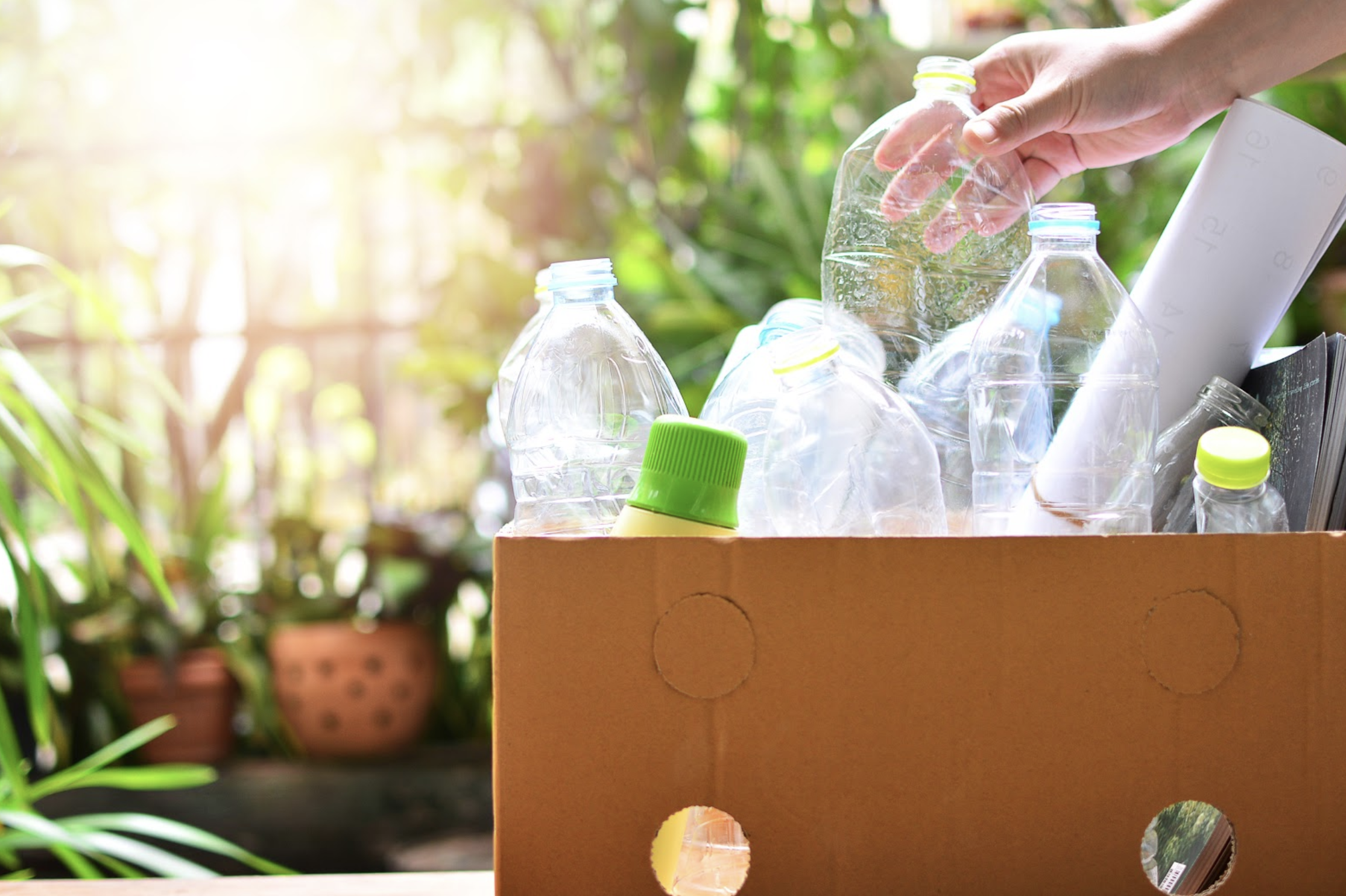Woven vs Non-Woven Polypropylene Bags
Polypropylene is a type of plastic that can be used in different industries, including food service and medical supplies. The natural properties of this material make it very versatile, which makes it an ideal choice for many applications. However, not all polypropylene products are created equal, so it's important to know how each type of polypropylene bag works to make the best decision for your business.
Non-woven bags are made from a different material than woven bags and are typically cheaper than woven ones. They're also more flexible than woven ones because they don't have any sewing or stitching in them; instead, they're made from several layers of material that stretch when put under pressure. This makes them stronger and less likely to break down over time, but they aren't as durable as woven bags either.
There are many more factors that highlight the difference between woven and non-woven polypropylene bags. These include:
Durability & Strength
The main difference between the two polypropylene bags is their durability and strength. The woven version has a high tensile strength that can withstand heavy loads without breaking or tearing, making it ideal for industrial applications. The non-woven version has a much lower tensile strength that can only withstand light loads before tearing or breaking apart. This means the woven version will last longer than its non-woven counterpart because it can withstand more abuse before failure occurs due to breakage or tears.
Environmental Impact
The environmental impact of both polypropylene bags is minimal compared to other materials like plastic bags and paper. Both types have been shown to have a low carbon footprint when produced in an environmentally friendly way. Additionally, both woven and non-woven polypropylene bags can be recycled, but the recycling process for non-woven bags is more complex and requires more energy. At the same time, non-woven polypropylene bags can be made from recycled materials, but most woven polypropylene products come from virgin raw materials. This means that more energy is required to produce woven polypropylene products than non-woven ones.
Uses & Applications
Woven polypropylene is used for different things, including dry cleaning, food storage, pharmaceuticals and electronics. Non-woven polypropylene is good for disposable household items like napkins or towels; this kind of material can be made into multi-use bags that are used multiple times before being thrown away or recycled. Non-woven also makes a good material for packaging because it doesn't require any special packaging methods to protect things from outside elements. Non-woven polypropylene bags are also designed for maximum strength, allowing them to withstand pressure from heavy loads without breaking or tearing at the seams or pulling apart at the edges.
Cost & Affordability
Non-woven and woven plastic bags are made from different materials. Woven polypropylene bags are made by weaving together a series of thin threads of plastic, while non-woven are made by adding an internal lining to the outside of a large sheet at one time. This design makes it possible to make many thin layers which can be used for different purposes, including extrusion, lamination or coating. The thickness of each layer is also variable, allowing for more complex shapes than those that can be made from woven threads. This allows manufacturers to add special features like pockets or zippers without interfering with their ability to make more basic bags. So, it is cheaper to manufacture non-woven polypropylene bags than woven ones which will need complex processes and more labour.
Material Properties for Woven and Non-Woven Polypropylene Bags
The material properties of woven and non-woven polypropylene bags are very different. The main difference is that woven polypropylene has a higher level of stiffness than non-woven ones. This means that woven bags are better suited to being used in containers, while non-woven ones can be used for other applications like packaging or protective covers.
Properties of Woven Polypropylene Bags
Lightweight
Woven polypropylene bags are lightweight, making them ideal for transporting goods at all times of the year. They are excellent for carrying light loads such as groceries, books and clothing.
Strong and durable
The strong woven polypropylene fabric and the high-quality thread used in their production make them long-lasting and durable. As a result, these bags can be used for a long time without any problem, which makes them ideal for storing items that you will use frequently.
Water-resistant
A woven polypropylene bag is waterproof and can be used for transporting goods that might get wet during transportation. This also makes it ideal for protecting fragile or perishable items from moisture damage.
Breathable
A woven polypropylene bag is breathable, which wicks away moisture from the inside to keep your items dry. This also helps prevent mildew and mould from forming on your items if they get wet in transit.
Properties of Non-Woven Polypropylene
Lightweight
Non-woven polypropylene is light in weight and can be used for various applications. It allows you to carry a lot of material and can be used for different purposes like packing, wrapping and transporting goods.
Strong and Durable
The strength of non-woven polypropylene is very high compared to other materials like cotton or paper. This makes it an ideal choice if you want to transport heavy items or need your product to withstand harsh conditions such as rain or snowfall.
Water-Resistant
Non-woven polypropylene is water resistant and can be used to protect your products from water damage during transportation or storage at the destination point. It is also resistant to stains which makes it ideal for packaging purposes where food items will be transported from one place to another without fear of getting damaged by water damage during transportation or storage at the destination point.
Breathable
Non-woven polypropylene is breathable, which allows moisture to escape from the material's surface. As a result, the material will not retain water or sweat, and it does not collect or hold odours or bacteria.
Conclusion
In conclusion, both woven and non-woven polypropylene bags are durable, strong, and water-resistant, but there are some key differences between the two. Woven polypropylene bags are made by interweaving strands of polypropylene, while bonding polypropylene fibres make non-woven polypropylene bags. Both types of bags have their own unique properties and are suitable for a wide range of applications.





